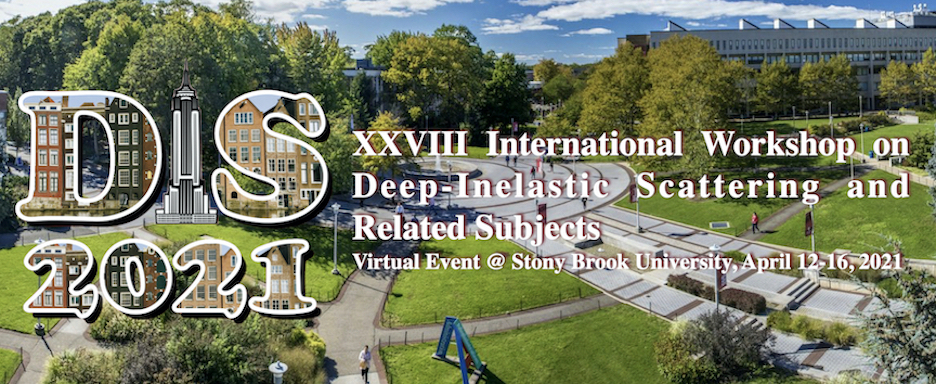Speaker
Description
To meet new TDAQ buffering requirements and withstand the high expected radiation doses at the high-luminosity LHC, the ATLAS Liquid Argon Calorimeter readout electronics will be upgraded. The triangular calorimeter signals are amplified and shaped by analogue electronics over a dynamic range of 16 bits, with low noise and excellent linearity. Developments of low-power preamplifiers and shapers to meet these requirements are ongoing in 130nm CMOS technology. In order to digitize the analogue signals on two gains after shaping, a radiation-hard, low-power 40 MHz 14-bit ADCs is developed using a pipeline+SAR architecture in 65 nm CMOS. Characterization of the prototypes of the frontend components show good promise to fulfill all the requirements. The signals will be sent at 40 MHz to the off-detector electronics, where FPGAs connected through high-speed links will perform energy and time reconstruction through the application of corrections and digital filtering. Reduced data are sent with low latency to the first level trigger, while the full data are buffered until the reception of trigger accept signals. The data-processing, control and timing functions will be realized by dedicated boards connected through ATCA crates. Results of tests of prototypes of front-end components will be presented, along with design studies on the performance of the off-detector readout system.

